
Developer: Dmitry Zagumennov
Publisher: Dmitry Zagumennov
Platform: PC, macOs, SteamOS, Linux
Tested on: PC
Supposedly wonderful future – Review
Supposedly wonderful feature is designed to make you think. That doesn’t sound that special, as lots of games are designed to challenge you in some way, but this game is different. It doesn’t challenge for anything, it requires you to think on some life questions you might have in a fictional environment.
Story
Supposedly wonderful feature’s story starts kind of cheap. You’re sitting at your desk thinking about your business ventures when a women barges in. She proclaims that she’s from the near future and that you’re picked out by her company to travel back to her timeline to complete a series of challenging tests. She also claims that you’ll die rather prematurely, and of course she can’t explain or prove anything. So naturally you follow her to a dark alley, where she retrieves a small device and with a push on a button send you to some unknown home’s living room.
Unknowingly to the player at that time, your first test has started. It turns out to be a ethical dilemma. An elderly disfigured women has the mental capacity of a six year old due to a failed medical procedure, but she’s also a huge burden on her stressed out daughter. After some chatting back-and-forth, you’re given the option to euthanize the mother, or reprimand the daughter on taking better care of her mother for her final days here. After taking a decision, you manage to get out and are taken to a large firm (category: Resident Evil’s Umbrella Corporation). The woman from the intro is back, explaining a bit more on the tests you’ll need to face: solve ethical dilemma’s sprouted from the fact that (all but the very poor) people can refresh their body. And without much further ado she sends you on the next assignment… Meanwhile ,the full story unfolds as you converse with people and read many documents, web-pages and notes.
Graphics
This is a game with (few) fixed camera perspectives. You click on a door or opening to go to a next area, or on an item or computer to activate it. The amount of interactions and animations is minimal, and the interactive objects or persons can be lightened up with the press of a button. The object or story that progresses you further can be lightened up with a different keyThe characters are quite simple, outdated and not really convincing as they lack color variation – especially in the face. The objects are similarly plain, but that’s not as noticeable.
Since you’ll mostly spend time in the same rooms, they are luckily a bit varied and different from each other, with a few added Easter eggs to discover. Still, you’ll be going to the same rooms several times, making you lose most interest in the surroundings anyway.
Sound
As with the graphics, the sounds aren’t really special. Since you’ll be spending a lot of time reading, background music will bore you rather sooner than later, as it is rather monotonous. The sound effects are equally lacking, as they are mostly absent or discrete. Also absent is any voice acting, so the dreary music is all you would hear – I recommend listening to other music while you play/read.
Gameplay
This is a point and click, ethical dilemma game. It’s more designed to make you consider some of life’s deeper questions. There is no real difficulty to it as you can’t give a wrong answer anywhere. So the word ‘game’ might be a bit overrated seeing this would have worked equally well in book-form. Speaking of which, the game’s designers are really proud on the amount of content they’ve put in. Namely ‘over 125.000 words’. This is indeed a lot, but sadly it also comes in the form of YouTube comment sections and movie transcripts. So a lot of those words are actually meaningless, and it is tempting to skip it all to get to the end of the story.
This is especially the case of the second dilemma you have to solve. Someone broke into an actress’ account and wrote a fake message in her name. It is your job to find out who, and you might eagerly start reading logs and interviewing people. And then you just keep on reading and reading text that won’t give a clear answer. Ending up with no hard evidence, you have to either pick someone based on your opinion, or no-one at all if you don’t feel like convicting anyone without proof. It felt like you’re wasting your time, and that’s a real smasher for any game. It’s especially a shame because they could make it work in the first dilemma. Sadly none of the other dilemmas live up to that level.
Conclusion
This game has an interesting premises, and might even draw you out of your comfort zone. This is an unique quality in any game, or even any book, and deserves some praise for that. Too bad that it is swallowed by the dreary generic graphics, generic sound and elaboration of some cases. It is a shame because some parts are good, so they are able to do it. We’re hoping that they’ll retry this concept, with stronger visuals, voice acting and a more credible setting.
Supposedly wonderful future - Review,

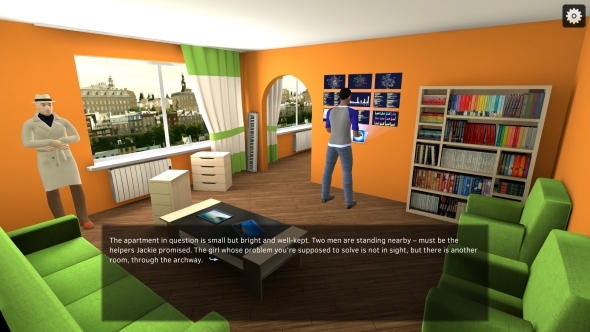

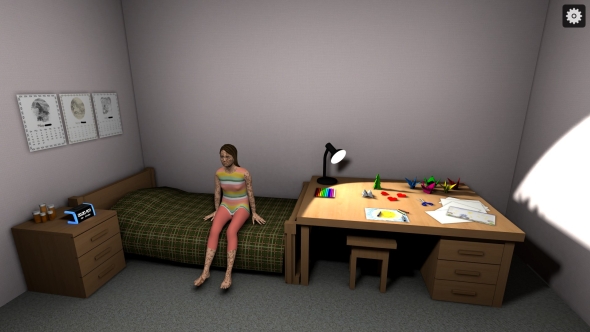
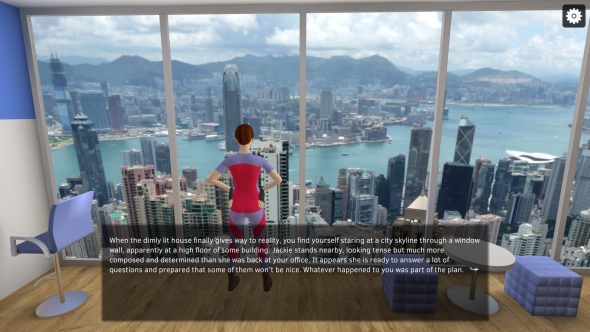
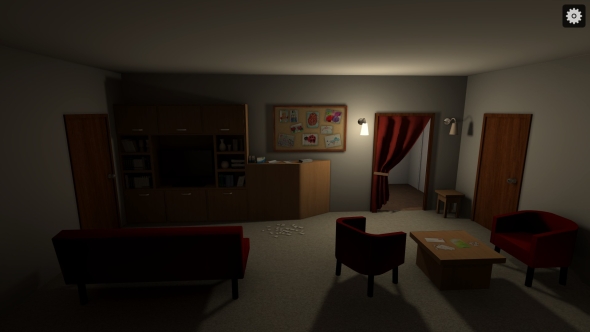
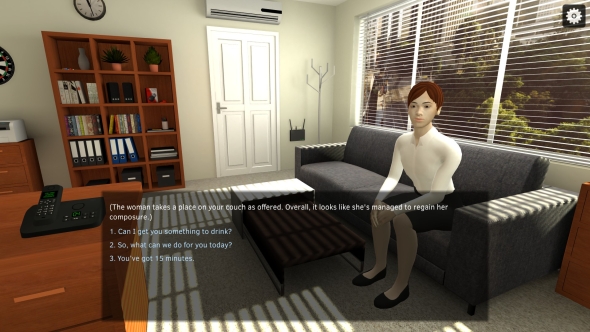




No Comments